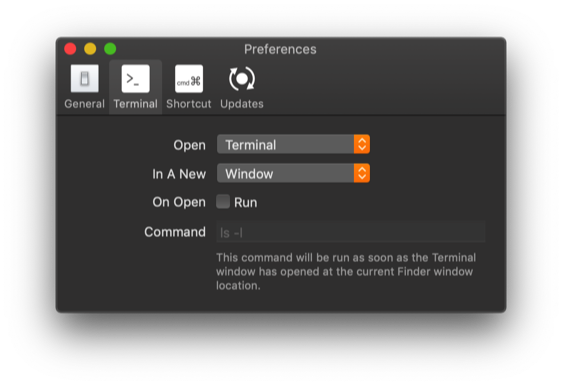

Most likely it is a different problem, as long as you were diligent enough to double-check all the orientations. Finally, check that your wires are the same on both ends- that is, brown striped to red, solid to green. Do not confuse the green terminal with the solid green Cat 5 wire. One wire should go to the red terminal, and one to the green terminal. Afterwards, check that your wires are attached to the proper place on the jack. If you find a break, it is acceptable to solder it to fix it- phone is not as high-quality as ethernet. Most likely the bending or cutting of these wires has caused a break in them. If the phone connection has problems, first examine the physical wires. Remember that twisted-pairs in an ethernet cable can only be untwisted for half an inch on each end of the cable, or else crosstalk will occur. Other fixes such as soldering will greatly degrade the quality of your connection. In most cases, the only good way to fix this is to re-crimp the terminator onto the cable. You may have also done this where you tried to remove the cable jacket. You may have accidentally cut an important wire trying to remove the brown pair from the jack. If the ethernet connection does not work, you need to find the problem in the wires. If both connections work, congratulations! You can get pretty fast at the process and do each jack in half an hour or less.

This cost does not go up linearly, as you can purchase items in bulk. In total, to rewire five jacks, I spent about $28. Soldering iron and decent soldering skills. Either a multitool, or a screwdriver, pliers, wire cutters, wire strippers, and knife (razor helps.) 6. Half of a 6-ft or longer phone cord, one cord per two jacks. If your house did not have modular RJ-45 jacks you will need to purchase those too.ĥ.RJ-11 jacks, one for each plate to be replaced In my house, one two-port plate could be reused, but a three-port plate and many more two-port plates had to be purchased.Ĥ.Wall plates with an additional hole, one for each plate to be replaced This Instructable will assume you are augmenting your existing modular jack system.ģ. This is not strictly necessary, but if you don't you will have to spend extra money on more jacks. Our house used Leviton QuickPort plates and jacks from Home Depot.Your system also needs to converge at a central box where you can place an Ethernet switch or router. To see if you are eligible, see check the three things shown in the picture.A house wired with Cat 5 cable and RJ-45 jacks It will work fine at 10/100 Mbps which is sufficient for most people.ġ. Also, it will not work with gigabit ethernet- gigabit ethernet uses all four pairs.

See step 13 for a possibly unsafe way to keep your PoE and add phone service. Nothing bad will happen, it just won't transmit power. Also note that this procedure will not work with PoE (Power over Ethernet) devices. Note that I have not done extensive testing with cross-talk between phone and ethernet, though I have seen no degradation in the quality of either when both are in use. In fact, you could run two Ethernet jacks from a single cat-5 cable, or four telephone lines (though I don't know why you would run multiple phone lines.) This Instructable will focus on changing wall plates from one RJ-45 (Ethernet) jack into one RJ-45 and one RJ-11 (phone) jack. Therefore, you can run both ethernet and telephone over the same wire, and still have two wires left over. Ethernet uses two pairs (four wires), one for send and one for receive. Cat 5 cable and RJ-45 jacks have eight wires. This is made possible because of the wasteful (some may say "spare") wires in cat-5 cable. Don't blame me if you shock yourself (unlikely), damage Ethernet devices (also unlikely), damage phones (not as unlikely), damage your house wiring (not too unlikely), or damage your fingers with knives (rather likely). However, if you do everything right, they won't care. The telephone company won't be pleased if you short your telephone wires together. Disclaimer: I'm not sure if this is legal. This neat hack could save you a lot of money, as you only have to buy new wall plates and jacks rather than wall plates, jacks, and hundreds of feet of wire. Every wall jack becomes two jacks, one RJ-11 for phone and one RJ-45 for ethernet. The solution is to run both ethernet and phone over the same existing cat-5 cable. Unfortunately, the wifi is a bit flaky in places (even with two access points.) This got annoying up until the point where three of the four wall jacks were being used for ethernet, leaving just one for phone. When we got our new house built, we chose to get four of these jacks, and we intended to use them for phone service. These jacks can then be used for either ethernet or phone. The new fad when building a house is to run Cat-5 cable to every wall jack.


 0 kommentar(er)
0 kommentar(er)
